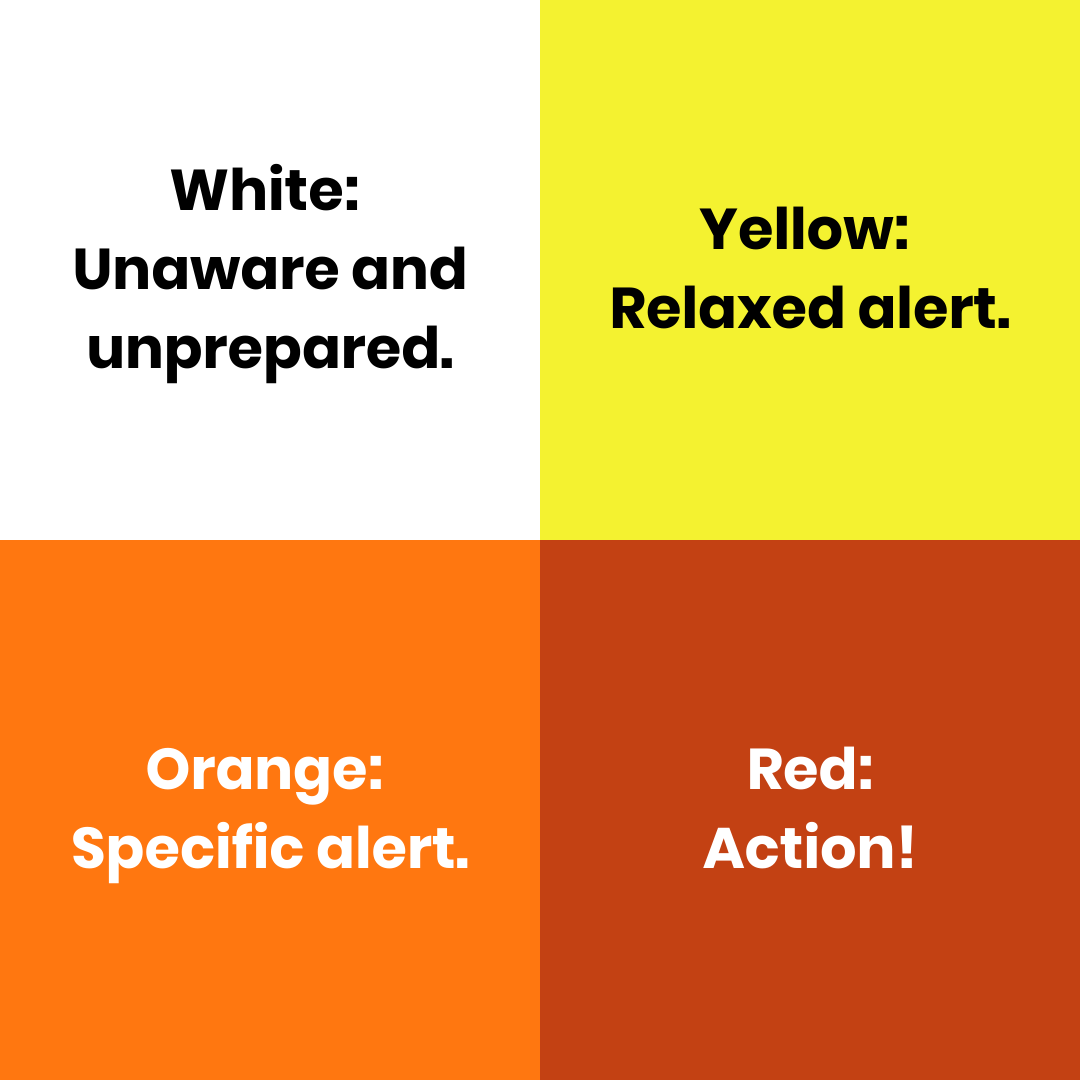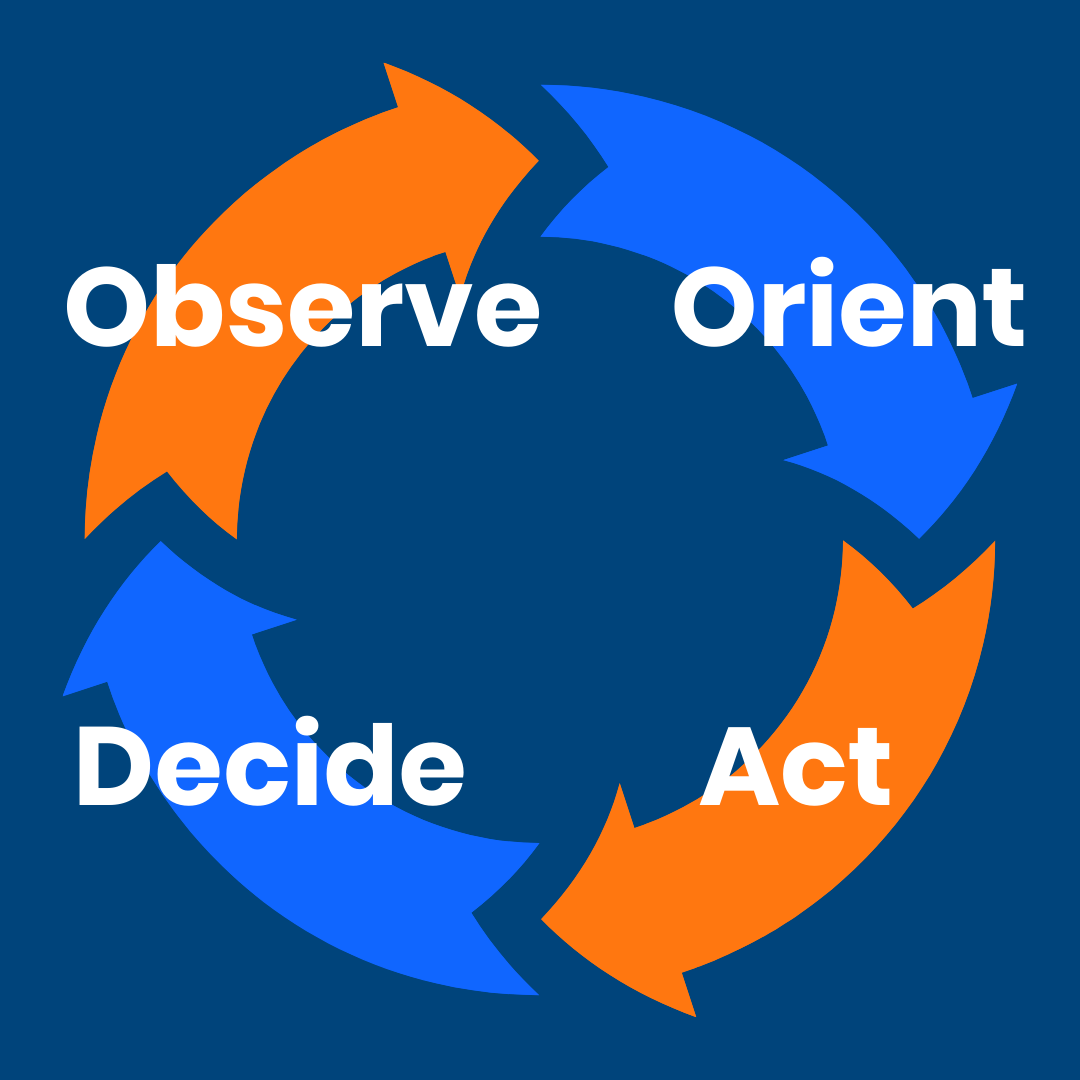SAFE Training Part 1: Situational Awareness

Test Your Situational Awareness
How situationally aware are you? Watch this video to test yourself.
How much did you miss, even when you were specifically focused on being observant? How much more might you miss when you’re busy getting ready for a live shot? Don’t worry – situational awareness is a skill you can practice.
What is Situational Awareness?
The concept of Situational Awareness isn’t something for spies or secret agents. Technically it’s perceiving elements in your environment within a volume of time and space, comprehending what they mean for you, and understanding how they might change in the near future.
Applying it to real world conditions is actually rather simple. Situational Awareness is keeping your head on a swivel, looking around to observe what’s going on, who’s there, what they are doing. What activities are going on around you that might cause you trouble? If based on your observations and predictions, you feel unsafe, then Situational Awareness means you're able to make adjustments to what you are doing, like changing your body language, behavior or location, to be safe.
Download Situational Awareness One-Sheet
Using Situational Awareness for Decision Making
Cooper's Color Codes are a great way to remember levels of Situational Awareness. You want to be in condition Yellow when you're on location, in your vehicle, out in the field and even in the newsroom.
- White: Unaware and unprepared. If something dangerous occurs in this condition you will be caught off guard and not ready to rapidly react to escape harm.
- Yellow: Relaxed alert. No specific threat situation but relaxed awareness. Casually looking around and observing.
- Orange: Specific alert. You see something that you don’t like. Someone acting strangely or any other condition that could impact you or your crew. This could be rising flood water, a sudden change in wind directions at a wildland fire or projectiles thrown at a protest.
- Red: Condition Red is fight! The flood waters have reached where we are and the route to safety is blocked, what do we do? Protesters have started throwing bricks at counter protesters, one just landed next to us and smashed the live truck window. Is it safe any longer?
 The “OODA Loop” is a method used by fighter pilots to process situational awareness information very quickly and decide what to do with that information. “OODA” stands for Observe, Orient, Decide and Act. First, position yourself for the best view of your surroundings. Then, keep your eyes peeled to things that might be problematic to you, including things you already identified as out of place. When you do see something potentially dangerous, decide what to do and act on it. Once you act, start the OODA loop over again, always keeping awareness sharp.
The “OODA Loop” is a method used by fighter pilots to process situational awareness information very quickly and decide what to do with that information. “OODA” stands for Observe, Orient, Decide and Act. First, position yourself for the best view of your surroundings. Then, keep your eyes peeled to things that might be problematic to you, including things you already identified as out of place. When you do see something potentially dangerous, decide what to do and act on it. Once you act, start the OODA loop over again, always keeping awareness sharp.
Practical Tips for Field Reporters
Always try to position yourself or your vehicle for optimal observation
It’s easy to have someone sneak up behind you. If you use an object or position yourself with your back towards that object it reduces the chances of someone coming from behind. The downfall to this is it may limit your escape routes should something emergent happen.
- Sitting in a coffee shop or public area, always face towards the door and know where your exits are. These include normal entrance and exit doors and fire / emergency exits. Keep your awareness by limiting distractions, avoid listening to music or other distractions.
- If you are working in your vehicle try and park so you have optimal line of sight to all entrance points. In a parking lot that includes the entrances where other vehicles can drive but also foot traffic and pedestrians.
- After hours choose public, well illuminated areas.
- Try backing into parking spaces instead of pulling in headfirst. This gives you an easier escape compared to backing out of a space should you have to drive away quickly.
Looking is not enough. What are you seeing? Tricks for optimal observation include:
- Don’t just observe at YOUR level, look above you and also at what’s on the ground. Scan your surroundings in three levels: Above, YOU, and below level.
- If you are only looking at eye level into the distance, you may miss something suspicious at ground level - like flood waters rising around your news vehicle.
- When you can’t keep your eyes scanning the surroundings because you need to work, try to regularly glance up or around you. Look for changes to the environment and people around you. Is someone approaching? Are they walking, running, driving fast, revving the engine or driving erratically?
If you feel something isn’t right, make a decision and don’t second guess. OODA.
